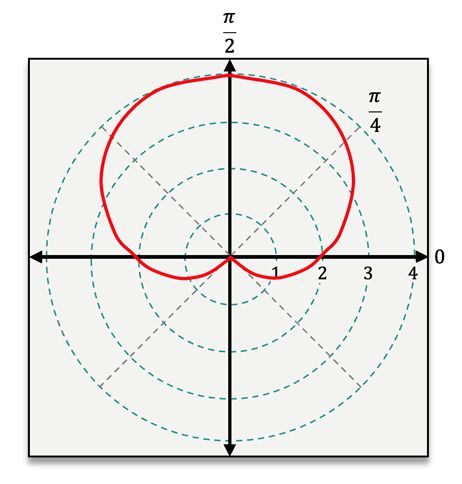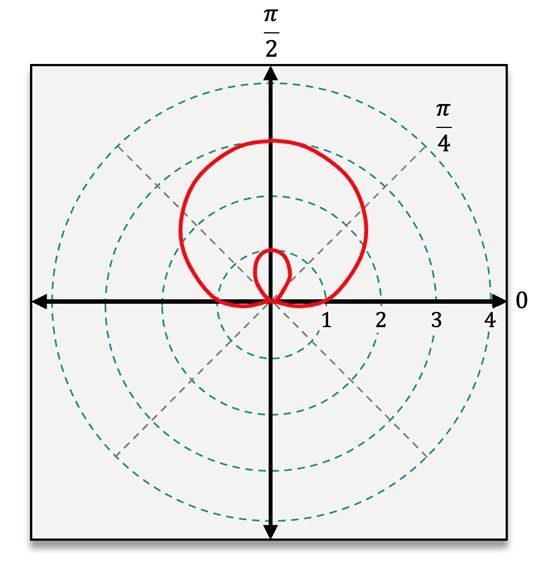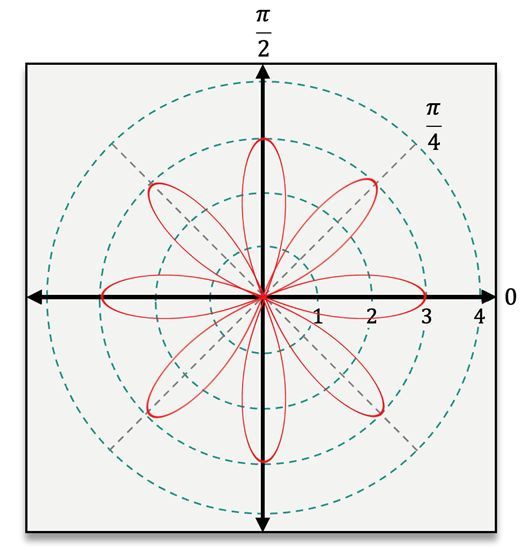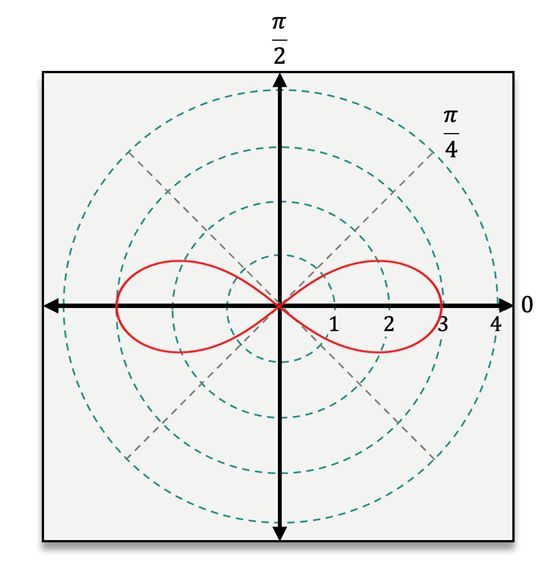Hey everyone. When working with polar equations, there are 4 shapes that you'll encounter rather frequently. Now you're going to have to be able to recognize the equations for each of these in order to classify them and then also be able to graph them. Now here I'm going to break down for you the equations and the appearance of each of these commonly occurring shapes, and we'll work through classifying some equations together, laying the foundation to eventually be able to graph those equations as well. So let's go ahead and dive right in. Now looking at the equations for all of these shapes, they all look rather similar. They all contain an r, a theta, and a trig function. But let's actually dive into their differences here.
Looking at our first two shapes, here we have the cardioid, named for its sort of resemblance to a heart shape, and the limacon. Now looking at the equations for these two shapes, you might notice that they're actually the exact same. They have identical equations. They're going to be of the form r=a±bcosθ or r=a±bsinθ. Now the difference here is going to be with our a and b values. Now for the cardioid, a and b must both be greater than 0, but here, a is actually going to be equal to b. They're going to be the exact same value in order to get this cardioid shape. Now for the limacon, a and b are still going to be greater than 0, but a can either be greater than b or less than b, which affects the shape of our graph. If a is greater than b, then the graph of our limacon is just going to have a dimple at the top rather than the inner loop that we see in our graph here. But if a is less than b, that's when we get the inner loop that appears on our graph.
Now let's move on to our 3rd shape here, the rose, that looks like a sort of flower with a particular number of petals. Now the equation of a rose is going to be of the form r=a×cosnθ or r=a×sinnθ. And for this equation, a cannot be equal to 0 and n is simply an integer that is greater than or equal to 2, which will actually end up telling us the number of petals that our rose has.
Now let's move on to our final shape here, the lemniscate, which looks like a sort of infinity symbol. Now looking at our lemniscate here, the equation of a lemniscate is going to be of the form r2=±a2cos2θ, or r2=±a2sin2θ. Now here again, a cannot be equal to 0, and the equation of a lemniscate is actually going to be the only one that contains an r squared, making it really easy to recognize these equations when they're going to have that lemniscate shape.
Now that we've seen all of these equations for these commonly occurring shapes, let's go ahead and work through classifying ifying some of them. Now looking at our first example here, we're given the equation r=1+cosθ. Now here, since I have addition, I know that this equation is either that of a cardioid or a limacon. Now let's look at those a and b values. So here I have 1+cosine of theta, which has this sort of invisible one in front of it, telling me that a and b are both equal to 1. Now here, since a is equal to b, that means that this equation must be that of a cardioid. Now let's move on to our next equation here. Here we have r=4×sin2θ. Now the first thing that I notice here is that I have this 2 theta in my argument, which is the same as that of a lemniscate. But the other thing that I notice here is that r is just r. It's not r squared, meaning that this cannot be the equation of a lemniscate. So it has to be that of a rose of the form r equals a sine of n theta, where n is equal to 2. So this is the equation of a rose.
Now being able to classify these equations will allow us to immediately tell what the shape of the graph of that equation is going to be. So let's go ahead and keep that in mind as we continue to practice. Thanks for watching and I'll see you in the next one.



















